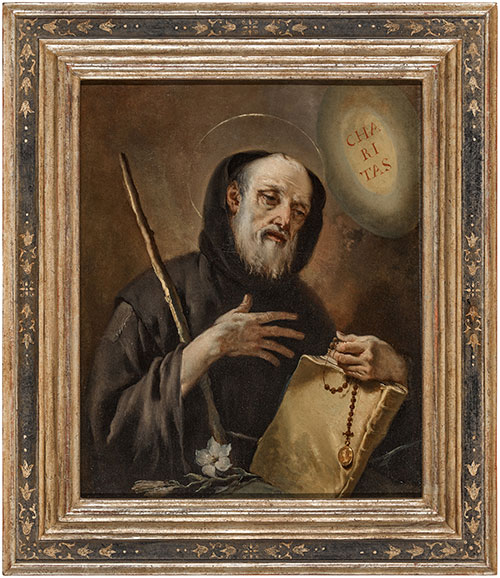The relatives of a Jewish gallery owner who left a Tiepolo painting behind when he fled Austria say the auction house posted a misleading history of the work during a 2019 sale.

May 19, 2023, by Colin Moynihan — Excerpt
“In 2019, Sotheby’s sold a work by Giovanni Battista Tiepolo, the master painter, that was left behind in Austria when a Jewish gallery owner fled the Nazis in 1938. Sotheby’s says that at the time of the sale it didn’t know that history, and so the auction catalog only mentioned that the work came from a “distinguished private collection” and had once been in the possession of the Galerie Wolfgang Böhler in Bensheim, Germany.
But, according to court papers filed Friday, the painting had actually passed through the hands of Julius Böhler, a separate and unrelated art dealer in Munich whom American authorities described in 1946 as someone who had been “implicated in art looting activities.”
Now three heirs of the Jewish gallery owner, Otto Fröhlich, are saying in the court papers that Sotheby’s “misled the public” by attributing the painting to the wrong gallery. This had the effect, the heirs said, of making a sale easier and “perpetuating the very cycle of injustice and exploitation that began in 1938 and that the international and national restitution laws and policies were designed to prevent.””
“In the petition filed in State Supreme Court in Manhattan, the Fröhlich heirs did not say the Tiepolo had been looted, but they argue that the gallery owner would not have been forced to leave it behind but for the fact of Nazi persecution. Their petition asked the court to order Sotheby’s to disclose the identity of the seller and purchaser of the painting so they can begin a restitution claim.”
“Documents compiled by the Mondex Corporation, which is working with the Fröhlich heirs to pursue a restitution, seek to track the painting’s history.”
“Documents compiled by the Fröhlich heirs…show that Fröhlich tried after the war to get back some artworks, including that painting.”
“The Fröhlich heirs said they only became aware of the Tiepolo’s whereabouts after it was sold in 2019, according to their petition that seeks the identities of the parties involved in that sale. Auction houses typically do not reveal the names of consignors or buyers, but the heirs contend there is a basis to compel Sotheby’s to do so because that information is vital to future legal efforts to recover the painting.”
This is an excerpt from this New York Times article. Full article through this link: https://www.nytimes.com/2023/05/19/arts/design/sothebys-provenance-nazi-art.html?searchResultPosition=2


